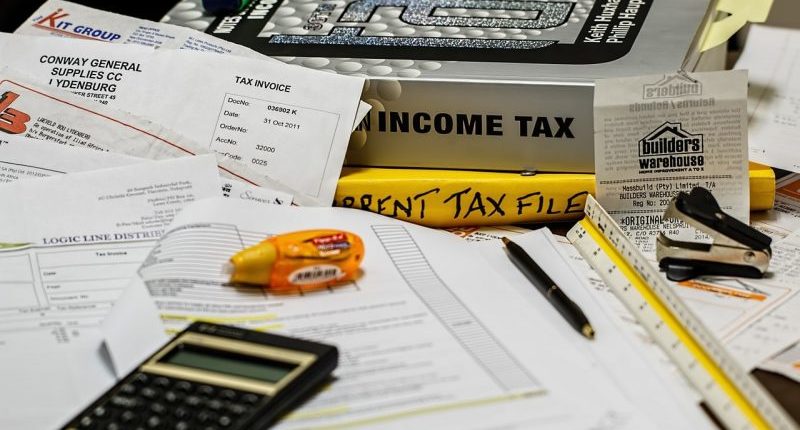The Union Budget 2020 has introduced a new income tax regime for the taxpayers. As per the new tax regime, the individual or the HUF taxpayers can opt to pay lower income tax rates without the deductions available in the old or current tax regime. The taxpayer can choose to opt for a new tax regime or continue with the current tax rates and claim the applicable exemptions and deductions.
The government has notified a new form, i.e. Form 10-IE for the taxpayers on 1st October 2020, for those who choose to pay tax as per the new tax regime. The option to choose the new or old tax regime should be before filing the income tax return.
For Individual’s or HUFs Having Business Income
A person having income from a business can file the ‘Form 10-IE’ before the due date of filing the income tax return. As per the Income Tax Act, the due date to file the return is 31st July or 31st October (where tax audit is applicable). If the government extends the due date to file the income tax return, the last date to submit the form will also get extended.
Also, if once the taxpayer chooses to opt for a new tax regime, he has the option to shift back to the old tax regime only once in a lifetime. After that, the taxpayer cannot choose to opt for the new tax regime.
For Individual’s or HUFs Having Other Than Business Income
A person with salary income or any income other than business should file the ‘Form 10-IE’ before or when filing the income tax return. Hence, such taxpayers can submit the form even when they file the belated return.
The individuals and HUFs not having business income can choose between the old and new tax regime every year.
If the taxpayer does not file the said form within the timeline mentioned above, the income tax department will calculate the tax liability as per the existing or old tax rates. And, hence the taxpayer will not be allowed to benefit from lower tax rates provided in the new tax regime.
Filing of Form 10-IE
The taxpayer can file the ‘Form 10-IE’ electronically from the income tax e-filing portal. You can furnish the said form either under digital signature or through Electronic Verification Code (EVC). The government is yet to specify the procedure for filing the ‘Form 10-IE’ and the manner of generation of EVC.
Details Required in the Form
The taxpayer must fill in the following details:
- Name of the individual/HUF
- PAN
- Address
- The relevant financial year for which the option is exercised
- Confirmation of whether the individual or HUF have any income under the head ‘Profit or gains from business and profession’.
- Date of birth/incorporation
- Nature of business/profession
- Confirmation of whether the taxpayer has any unit in IFSC (International Financial Service Centre) as mentioned in section 80LA(1A). And the details of the unit to be provided.
- Details of any previous Form 10-IE filed.
- A signature is required by the individual/Karta of the HUF/authorised representative on the declaration.
For any clarifications/feedback on the topic, please contact the writer at namita.shah@cleartax.in

I’m a chartered accountant and a functional CA writer by profession. Reading and travelling in free time enhances my creativity in work. I enjoy exploring my creative side, and so I keep myself engaged in learning new skills.





